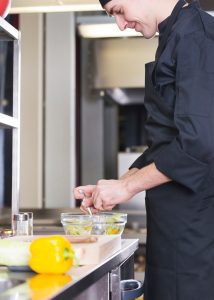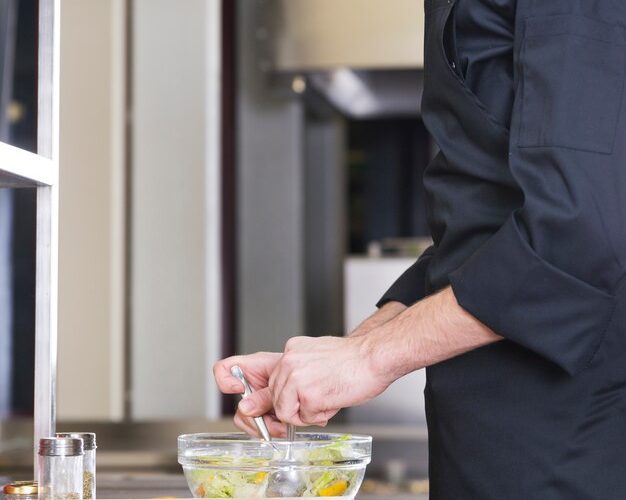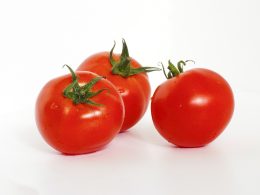Introduction
In the fast-paced world of restaurants and culinary establishments, the kitchen is the heart of the operation. Behind the scenes, dedicated kitchen staff work tirelessly to prepare delicious meals for patrons. However, the kitchen can also be a hotbed of challenges, especially when it comes to confronting rising temperatures. In this article, we’ll delve into the impact of high temperatures on kitchen staff and explore strategies to cope with the melting point while maintaining efficiency.
Understanding the Heat: The Impact of Rising Temperatures in the Kitchen
The kitchen is no stranger to high temperatures, thanks to the constant use of stoves, ovens, grills, and other cooking appliances. As the orders pile up during peak hours, the heat intensifies, and kitchen staff must endure a scorching environment for hours on end. The rising temperatures can take a toll on their well-being, leading to discomfort, fatigue, and decreased productivity.
Moreover, exposure to excessive heat can pose health risks, such as heat exhaustion and dehydration. These issues not only affect the staff’s performance but also put their health and safety at risk.

Coping Strategies: How Kitchen Staff Handle the Melting Point
Despite the challenging conditions, experienced kitchen staff have developed coping strategies to deal with the melting point. One of the most effective approaches is proper hydration. Staff members are encouraged to drink plenty of water throughout their shifts to prevent dehydration and maintain focus.
Additionally, the strategic organization of the kitchen plays a crucial role in mitigating the impact of rising temperatures. Ensuring proper ventilation and exhaust systems help to circulate the air and reduce heat buildup. Adequate air conditioning or fans can also make a significant difference in maintaining a more bearable working environment.
Training and awareness are also essential components in confronting rising temperatures. Kitchen staff are educated about the signs of heat-related illnesses and are trained to recognize when they need to take a break and cool down. Regular breaks in a designated cool area can significantly improve the staff’s well-being and overall morale.
Essential Cooling Techniques: Keeping a Chill in the Hottest Kitchen
In addition to the aforementioned strategies, there are several cooling techniques that can be employed to combat the relentless heat. One such method is the use of cooling vests or bandanas. These items are soaked in cold water and worn by the staff to provide relief and regulate body temperature.
Furthermore, incorporating more cold dishes and beverages on the menu can be a refreshing way to combat the heat from within. Salads, chilled soups, and iced drinks not only offer a respite for the kitchen staff but also appeal to customers seeking relief from the sweltering weather.
Maintaining Efficiency: Balancing Productivity and Comfort Amidst the Heat
As kitchen staff navigate through high temperatures, striking a balance between productivity and comfort becomes paramount. To achieve this delicate equilibrium, managers can implement flexible scheduling that takes into account the weather and allows for rest periods during the hottest parts of the day.
Moreover, adopting ergonomic practices can reduce physical strain on kitchen staff and increase overall efficiency. For instance, placing frequently used tools and ingredients within easy reach minimizes unnecessary movements and conserves energy.
Encouraging a positive work environment also contributes to improved morale and productivity. Recognizing the hard work of the staff and expressing appreciation for their efforts can motivate them to perform at their best, even under challenging conditions.
Conclusion
Kitchen staff bravely confront rising temperatures on a daily basis, striving to deliver exceptional culinary experiences to patrons. While the melting point presents numerous challenges, these dedicated professionals have honed their coping mechanisms and cooling techniques to maintain efficiency in the hottest of kitchens. By prioritizing staff well-being, implementing practical cooling strategies, and striking a balance between comfort and productivity, culinary establishments can support their kitchen staff and create a more enjoyable working environment for everyone involved.












